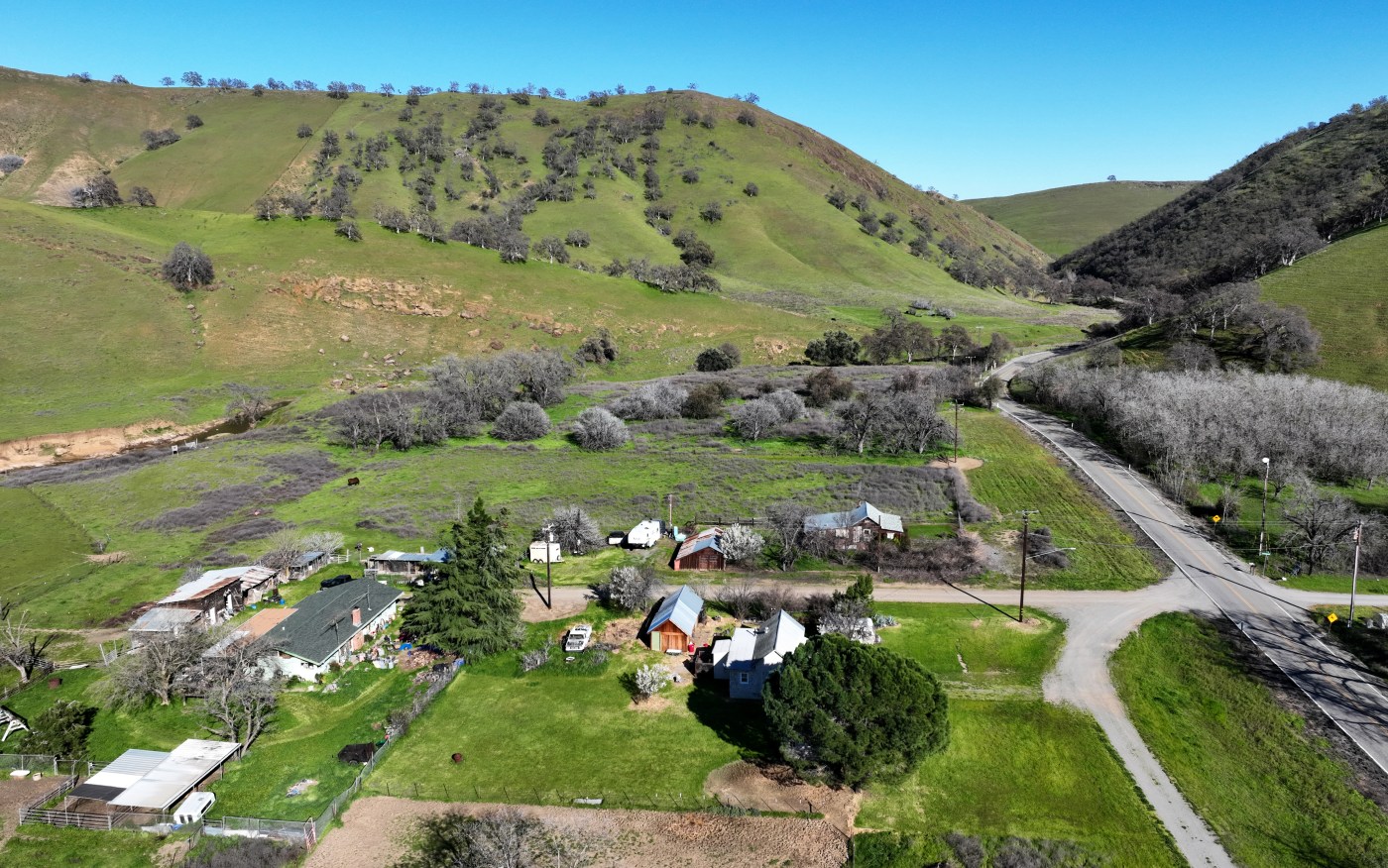The season of atmospheric rivers, local flooding and broken rain records has been replaced with extreme heat.
Summers that follow wet winters usually bring high hopes for big water infrastructure projects to capture it all, and this year is no exception. Gov. Gavin Newsom has fast-tracked Sites Reservoir, lauding the proposed project northwest of Sacramento as a panacea for a California that still remembers the challenges of an extreme drought.
But big water storage and conveyance projects such as Sites and the Delta tunnel, another massive boondoggle, pose huge environmental and financial risks. These are old ideas that claim to respond to climate change when in fact they destroy intact ecosystems and wildlife habitats.
The Sites Reservoir aims to store about 1.5 million acre-feet of water, requiring an enormous amount of water to be diverted from the Sacramento River system. This would further damage a fragile ecosystem that’s home to federally protected salmon and steelhead.
Big projects also leave Californians with a heavy, lasting burden.
The Delta tunnel will cost a whopping $20.1 billion, while the Sites Reservoir, which will require building more dams and tunnels, will cost at least $4.4 billion.
It begs the question: When multibillion-dollar water projects also have a devastating cost of environmental destruction, isn’t it time to take another approach?
The governor is right to think about preparing for climate extremes. Unpredictable sequences of drenched winters followed by years of parched conditions will likely be the norm as climate change intensifies.
But the centuries-old approach of building massive reservoirs ignores surface evaporation, greenhouse gas emissions and other realities that underscore how ineffective and unreliable such projects are for a rapidly changing climate.
Estimates of water loss from reservoirs in the western United States are as high as 67% of reservoir volume. Under hot and dry drought conditions, predicted to increase with climate change, reservoirs lose even more water to the air. We shouldn’t pour billions into a money pit just to watch water disappear from the surface.
Surface water projects also emit significant amounts of greenhouse gases when organic matter within the reservoir decomposes, making it much harder to achieve the state’s climate goals.
That’s why my organization and a coalition of environmental groups decided last month to continue challenging the Sites Reservoir. An infrastructure project with the potential to cause so much environmental harm needs a careful analysis of ways to mitigate the consequences, So far, that hasn’t been done.
We don’t need massive and expensive reservoirs to disrupt our ecosystems and communities. We can meet California’s water needs with innovative, forward-thinking solutions that benefit humans and nature alike.
Now is the time to redouble our efforts to reduce water use and increase efficiency in our cities and in our agricultural fields. We need more investments in modern systems to capture stormwater and recycle wastewater. State and local agencies offer incentives for updated household appliances, lawn replacements and efficient irrigation upgrades. But so much more can be done.
Related Articles
Desalination plant proposed for San Francisco Bay
Monterey County lake to reopen, massive fish die off likely due to algae bloom
Northern California town lifts fluoride requirement it once fought for in 1950s
After peaking in May, Lake Oroville levels trickling back down
Massive fish die-off in Fremont’s Lake Elizabeth points to decades of neglect
Other nature-based solutions such as restoring flood plains that have been heavily developed could also capture more water for urban use. These environmentally sound alternatives may not require a splashy groundbreaking ceremony, but they’re effective and exactly what California needs for climate resiliency.
When we think of solving a problem in our personal lives, the costliest solution with the most unintended consequences is not at the top of our list. The state should be no different. After a cost-benefit analysis that factors in the true environmental costs of these big water projects, it’s clear that the high price tag and paltry gains just don’t pencil out.
Sofia Prado-Irwin is a staff scientist at the Center for Biological Diversity.












